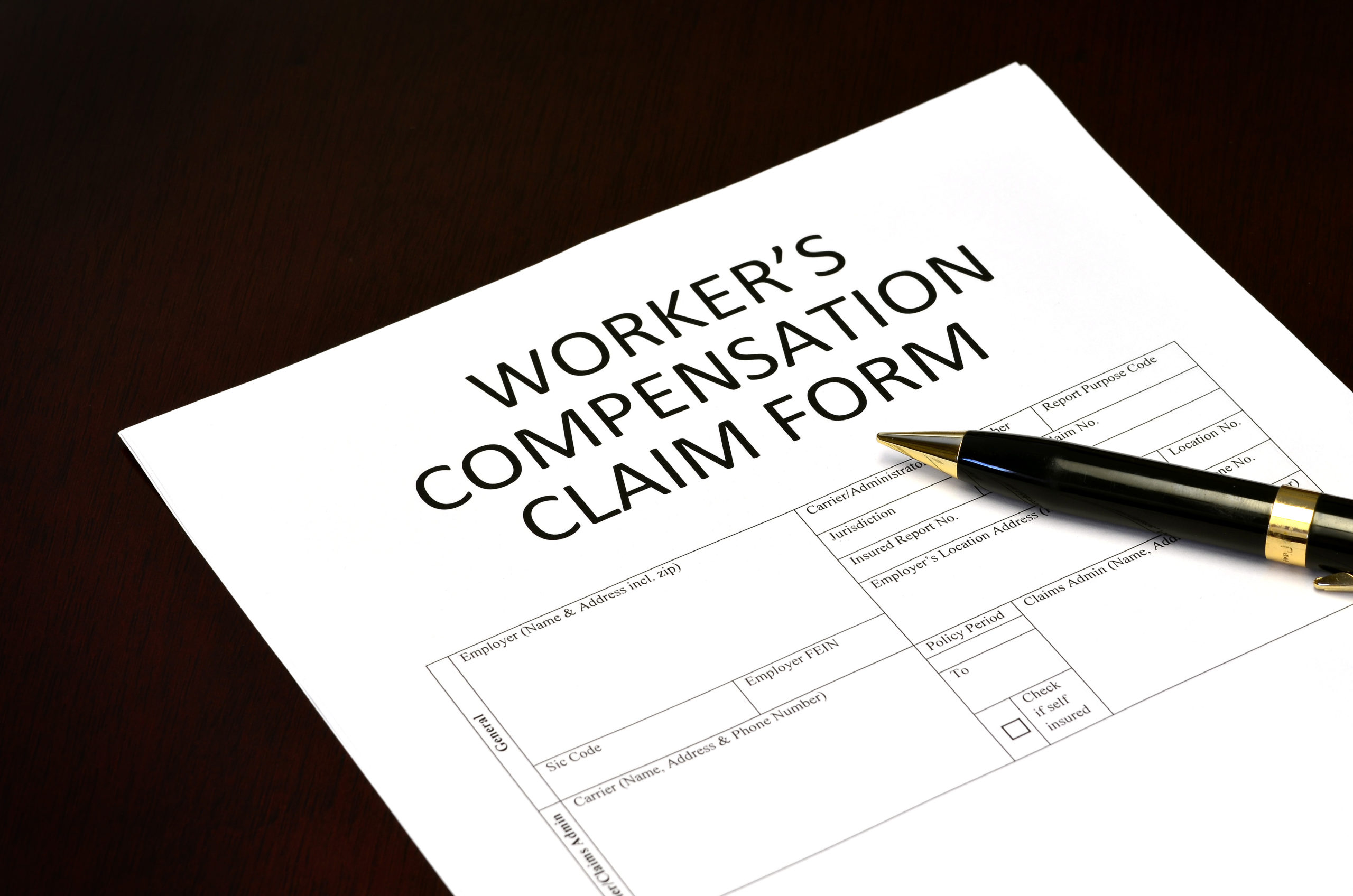
Everything You Need to Know About OSHA and Workers’ Compensation
Safety is everything in the workplace, as you may know! But what happens if you are injured in a work accident despite there being regulations and insurance coverage offered to those who apply? Now you can find out more about your options and a safety overview.
What Does the OSHA Cover?
The OSHA is also known as the Occupational Safety and Health Administration and they work to set and enforce protective workplace safety and health standards. They work to provide information, training and assistance to workers and employers alike. As you may know already, you as a worker have rights under the OSH Act. You have the right to ask OSHA to inspect your workplace, use your rights under the law without retaliation and discrimination, receive training about hazards, and get copies of medical records.
Furthermore, employers have responsibilities to provide a safe workplace as well. Every employer is required to provide employees with a workplace that does not have serious hazards and follow all relevant OSHA safety and health standards. They must work to inform employees about hazards through training, labels, alarms, color-coded systems, and other methods. They must also keep accurate records of work-related injuries and illnesses, performs tests in the workplace to OSHA standards, and notify OSHA of all work-related fatalities within 8 hours. It is also important to note that an employer may not under any circumstances discriminate or retaliate against a worker for using their rights under the law.
OSHA Section 107
Here are some safety provisions covered under Section 107 of the Act instilled by OSHA:
- 1926.20(b): Accident prevention responsibilities: It shall be the responsibility of the employer to initiate and maintain such programs as may be necessary to comply with this part. Such programs shall provide for frequent and regular inspections of the job sites, materials, and equipment to be made by competent persons designated by the employers. The use of any machinery, tool, material, or equipment which is not in compliance with any applicable requirement of this part is prohibited. Such machine, tool, material, or equipment shall either be identified as unsafe by tagging or locking the controls to render them inoperable or shall be physically removed from its place of operation. The employer shall permit only those employees qualified by training or experience to operate equipment and machinery.
So, What Happens if You Sustain an Injury on the Job?
If you have followed all safety regulations at work but you still become injured, you may have no other direction to turn than filing a claim for workers’ compensation. This benefit pays for medical care, rehabilitation, and some wage replacement. However, you must file a claim and follow your state’s procedures carefully. Your employer will typically have the responsibility (if they carry workers’ comp) to have claim forms for you to fill out and submit. It will then become your employer’s responsibility to submit the paperwork to the proper insurance carrier. However, you will usually have to also consider filing a separate claim with your state’s workers’ compensation agency. Keep the statute of limitations in mind.
New Jersey’s State Workers’ Compensation Office
New Jersey Division of Workers’ Compensation
P.O. Box 381
Trenton, NJ 08625
609-292-2414
If you have questions about a workplace injury or about workers’ compensation in general, there is no better lawyer to turn to than Maggiano, DiGirolamo & Lizzi. We will help you through the claims process and guide you in the right direction so you can make well-informed decisions regarding your case. Your employer owes you rights as a worker and must ensure your safety at all costs! Find out more today by giving us a call.

















